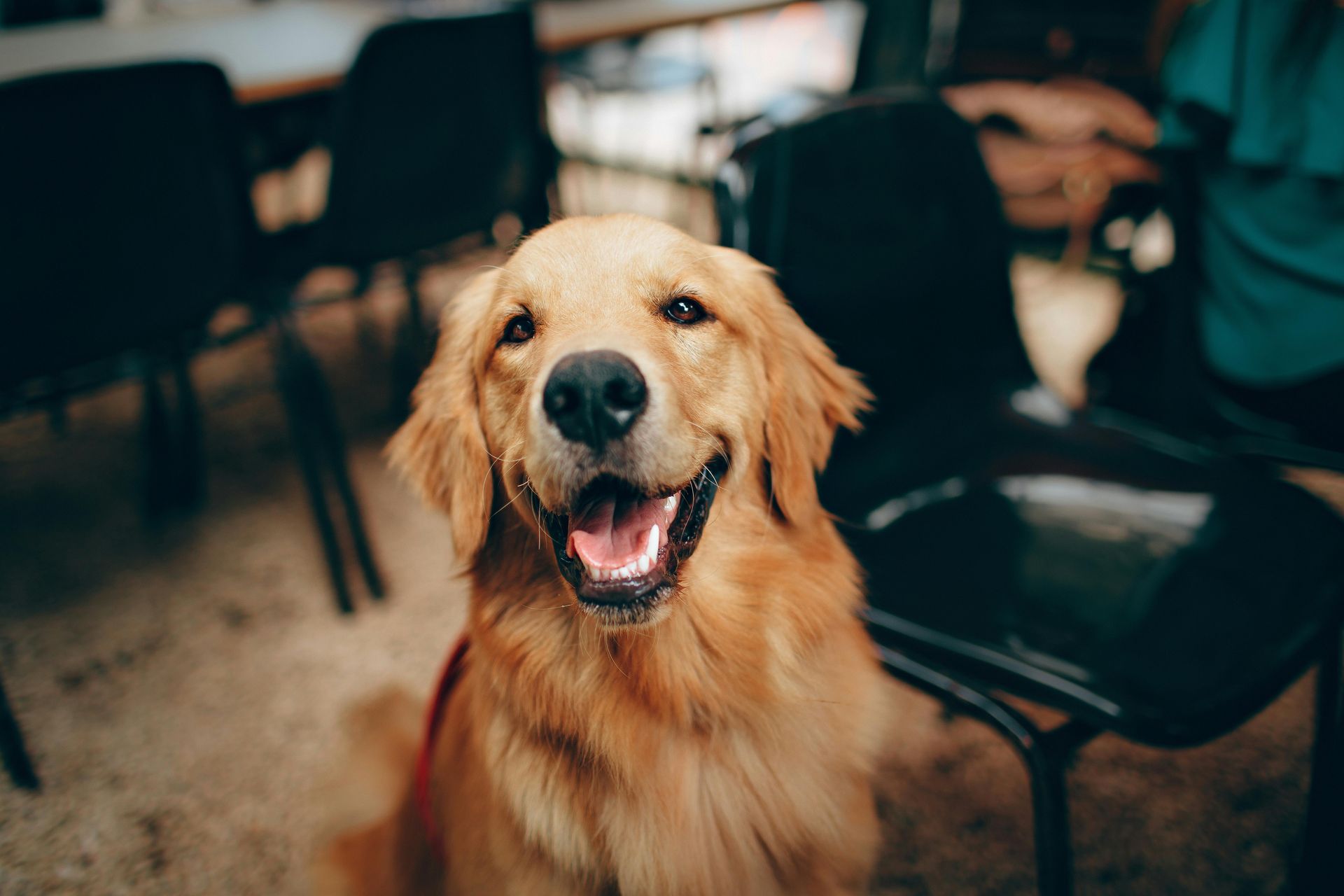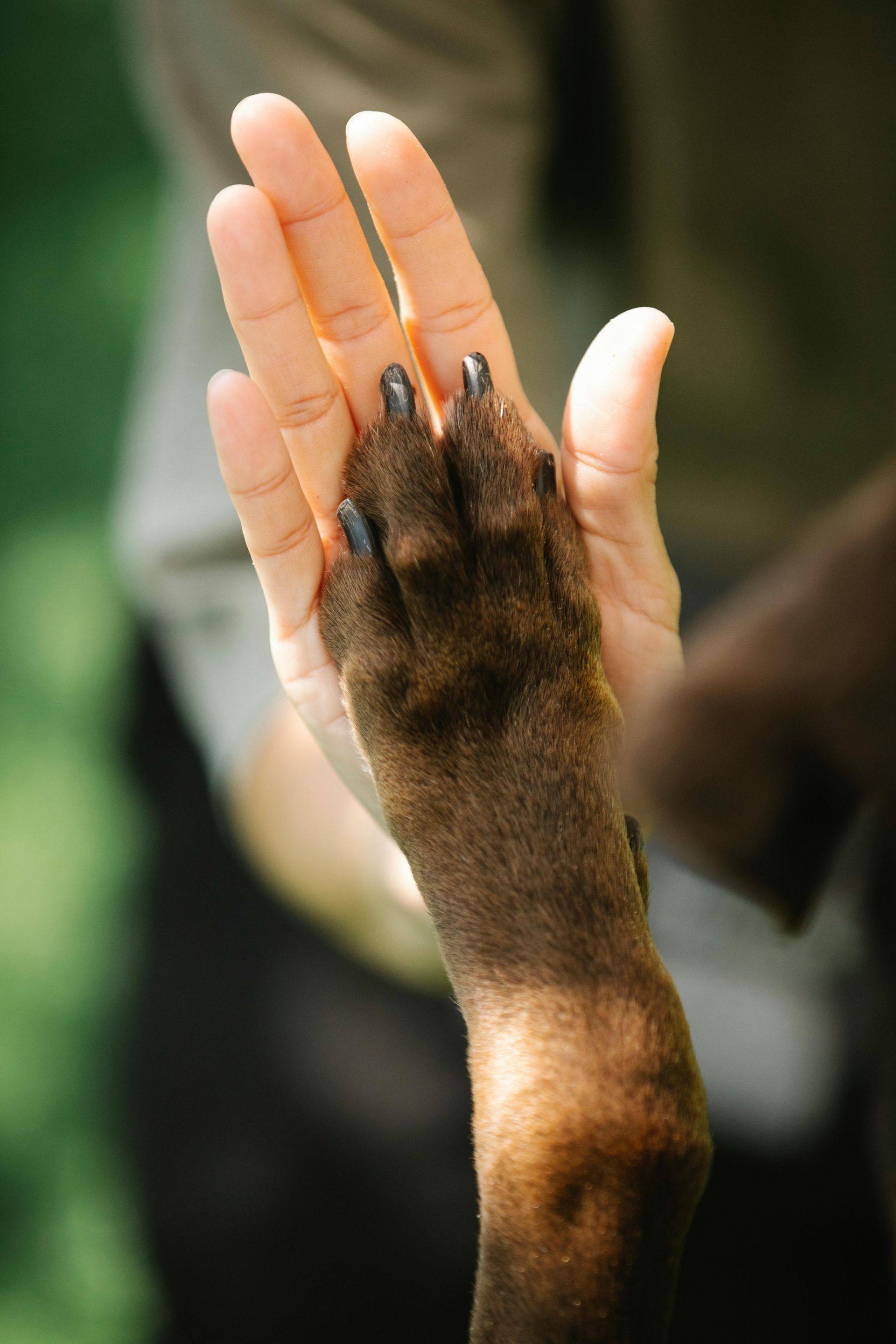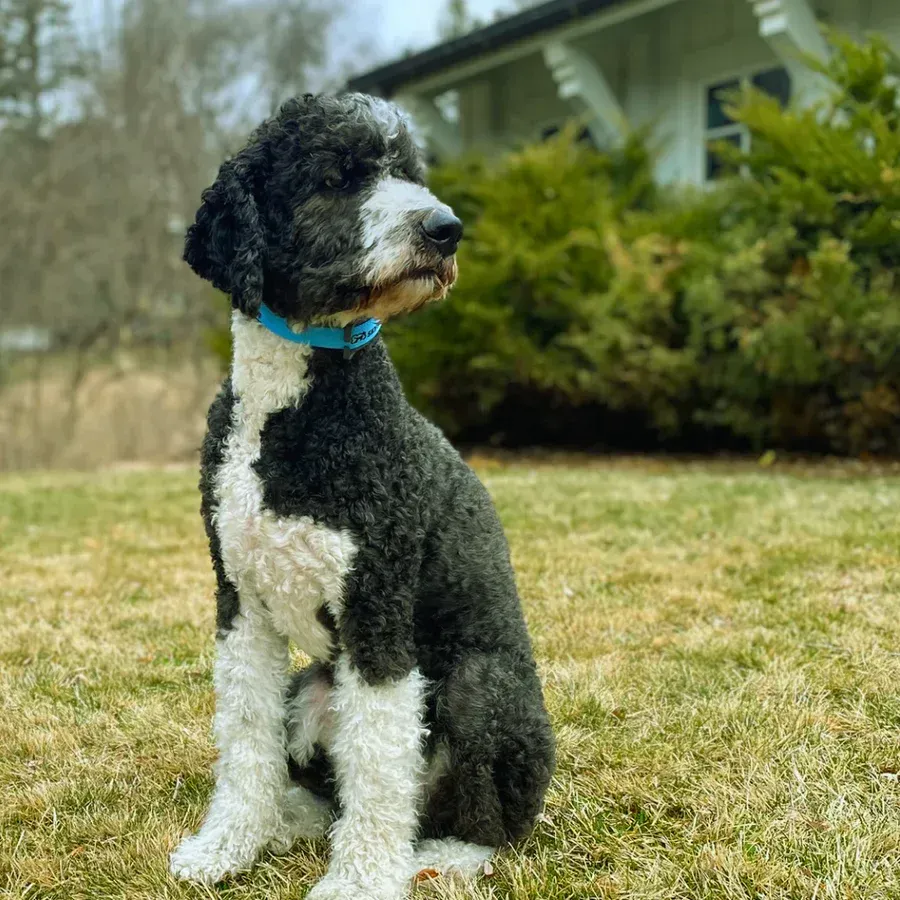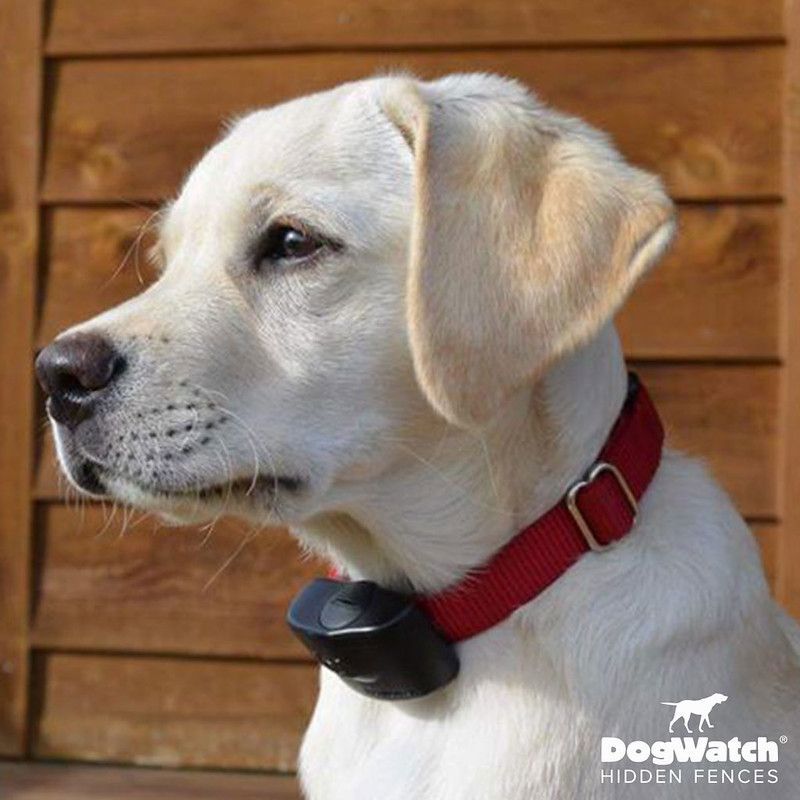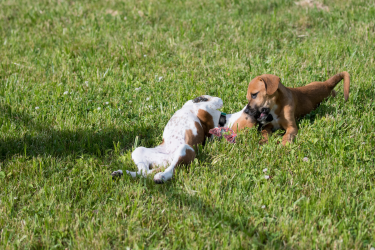Is a Hidden Dog Fence the Right Choice for Your Pup? A Quick Checklist for Owners
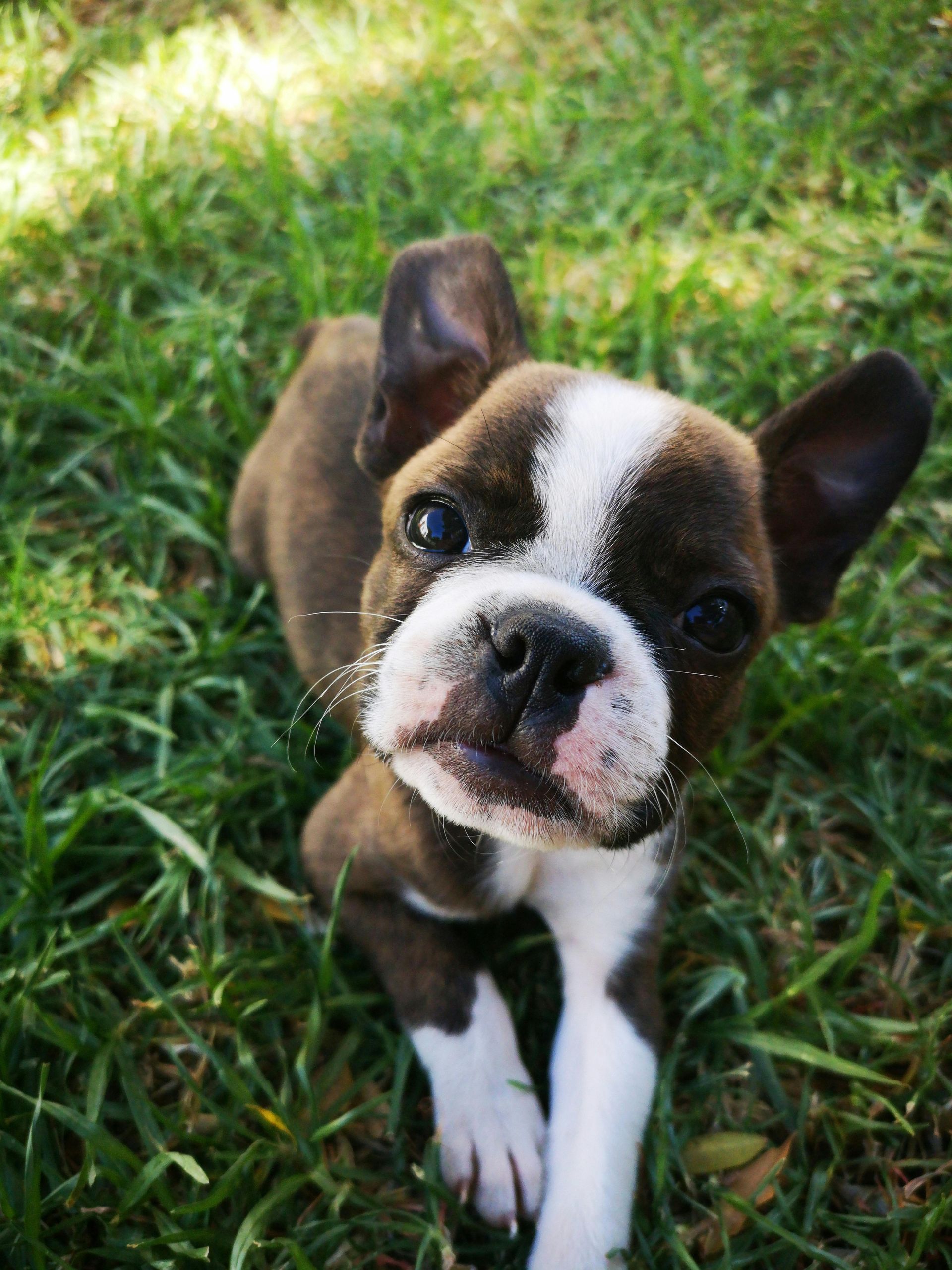
When it comes to keeping your dog safe and secure in your yard, a hidden dog fence can feel like a tempting option. No visible barriers, no traditional fencing to maintain, it’s just an underground wire and a collar that teaches your dog where their boundaries are. But is it the right choice for your pup? Not every dog, or family, thrives with a hidden fence. To help you decide, here's a straightforward checklist to consider.
1. What’s Your Dog’s Energy Level?
A hidden fence might seem like a perfect solution for containing a high-energy dog. After all, they'll have plenty of room to run. But pause for a moment. It really depends on how well your dog can focus and respond to training.
Dogs with uncontainable zoomies? They might require extensive training and reinforcement to respect the boundary. If your pup tends to get so excited they ignore everything else, even the warning sounds from the fence, you may need to think twice. On the flip side, calmer dogs that aren’t easily overstimulated could adapt to a hidden fence more quickly.
Q to ask yourself: Can my dog learn to stay focused on boundaries when they’re chasing a squirrel or meeting a neighbor’s pet?
2. How Much Time Can You Commit to Training?
The truth about what makes some owners hesitate to use a hidden fence is that it isn’t a plug-and-play solution. Most systems include introductory training sessions to show your dog where the perimeter is, but consistency from you is where lasting results come from.
Training isn’t just about the initial setup. Over time, you may need to reinforce these boundaries especially if your pup likes to push limits. Be honest with yourself. If your schedule is packed or you’re short on patience for repeated training, a hidden fence might require more effort than you’re ready for.
Q to ask yourself: Am I ready to dedicate time to consistent training (and refreshing that training) with my dog?
3. What’s the Size and Layout of Your Yard?
A hidden fence works best in open spaces where boundaries are straightforward and predictable. It's trickier to install a system in smaller, oddly-shaped yards or those cluttered with obstacles. If your yard backs up to busy streets or other high-risk zones, this needs extra thought.
That said, larger areas or wide-open suburban lots can provide an ideal environment for a hidden fence. Your dog gets the joy of roaming without physical fencing blocking their view or your landscape design.
Q to ask yourself: Will my yard’s layout make the boundary clear, or might it confuse my dog?
4. Does Your Dog Have Aggressive or Fearful Behaviors?
Dogs that already show signs of aggression or fear might not be the best candidates for a hidden fence. The system works by delivering a static correction if they approach the edge too closely. For nervous or skittish dogs, this might amplify their fear rather than teach them to stay within their boundaries.
And for aggressive dogs? The stakes are even higher. If your dog charges after another animal or person who’s passing by and blasts through the hidden fence’s correction, they could still cause trouble and won’t have a physical barrier to stop them.
Q to ask yourself: Could a hidden fence make my dog’s temperament better or worse?
5. How Active Is the Local Wildlife?
If you live somewhere with frequent wildlife visitors such as deer, rabbits, or uninvited neighbor dogs, then a hidden fence has its limitations. While it’ll keep your dog inside the invisible boundary, it won’t do anything to stop another animal from coming into your yard.
For some dogs, this won’t be an issue. They’ll stay put and simply watch the action. But for others, it could be maddening. Imagine your dog barking nonstop because a raccoon wanders into the yard and they’re powerless to run it off. It’s a recipe for frustration.
Q to ask yourself: How likely is it that wild animals will cross my yard and frustrate my dog?
Weighing the Pros and Cons
When done right, a hidden dog fence can feel like freedom for both dogs and owners. You get an easy-to-maintain yard without the expense or bulk of traditional fencing. Your dog gets the independence to explore while staying safe, but only if their temperament and your lifestyle are well-suited for it.
If your pup thrives on structure, can handle training, and isn’t easily stressed, a hidden fence could be a match made in heaven. But if any part of this checklist makes you hesitate, it’s worth exploring other fencing options.
Remember, the most important thing is finding the solution that works for your dog. Every pet is unique, and what works perfectly for one pup may not be the best fit for another.
Next Steps For You:
- Talk to a pet trainer or professional if you’re unsure about temperament or training.
- Contact a local hidden fence provider for advice about your specific yard layout.
- Take your time! It’s better to make a careful decision than to rush into one that could leave everyone unhappy.
Your pup’s happiness, safety, and freedom should always be the priority. Whether that means going invisible or sticking to simpler solutions, what matters is the peace of knowing you’ve made the right call.
Is a hidden fence safe for my dog?
Yes—when used correctly. Hidden fences are designed to be safe and humane, using a mild correction to reinforce boundaries. However, they’re most effective when paired with proper training and when your dog’s behavior and environment are taken into account.
How much training does my dog need for a hidden fence?
Every dog is different, but all will need consistent, hands-on training—especially in the beginning. Reinforcement over time is key to helping your dog understand and respect the boundary.




